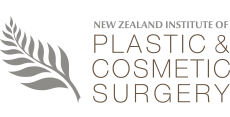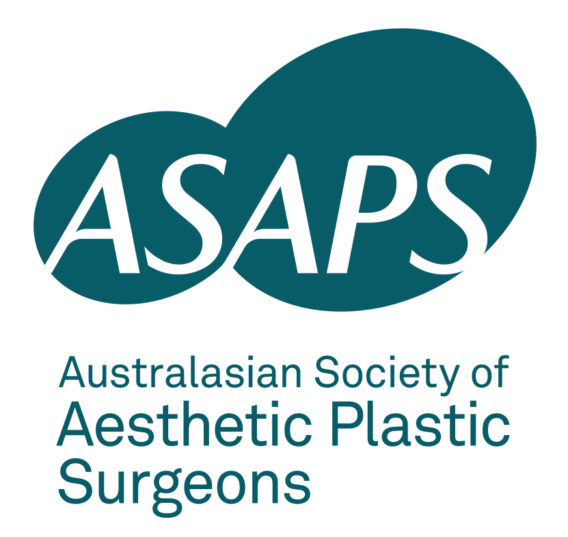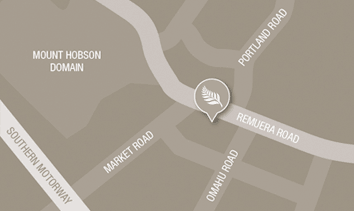What is breast implant associated ALCL?
Mr Januszkiewicz recently attended the annual scientific conference of the Australasian Society of Aesthetic Plastic Surgeons where an entire session was dedicated to the topic of breast implant associated anaplastic large cell lymphoma (BIA-ALCL).
BIA-ALCL is a rare type of lymphoma that can develop near breast implants. There have been 10 known cases of breast implant-associated ALCL in New Zealand up to October 2017. Current data indicates the risk of BIA-ALCL is between 1-in-3,000 and 1-in-60,000 in women with textured surface implants. To date there are no know cases in women who have only had smooth surface implants, and no know cases in Asian women.
The cause of ALCL is being intensively researched worldwide. Australian and New Zealand surgeons and scientists are at the forefront of this research. The prevailing theory is that bacterial contamination either at the time of implant placement, or in the immediate postoperative period can form a chronic low-grade bacterial biofilm. This biofilm then causes chronic irritation over time that stimulates the bodies own immune system causing some of the lymphocyte cells to proliferate. In some rare cases this lymphocytic proliferation can transform into cancer cells called ALCL.
There are many potential sources of bacteria that may contaminate an implant and while surgeons do many things to prevent bacterial contamination, such as washing out the breast cavity with antibiotic solution, re-prepping or covering the skin and only using a new pair of sterile gloves to touch the implant, it is not possible to completely eliminate this risk. Modern research suggests by following a suggested set of steps (the 14 point plan) surgeons can reduce bacterial contamination on breast implants. These steps represent sensible surgical practice and Mr Januszkiewicz has been implementing these steps in his breast implant practice to reduce the risk of bacterial biofilm since long before BIA-ALCL became widely known.
The average time for BIA-ALCL to appear is 8 years after implant surgery and typically cases have developed in the range of 3 to 14 years after surgery. It will usually present as swelling of the breast or less commonly as a lump in the breast or armpit. Women who experience a sudden, unexplained change, such as a lump or swelling in the breast, or who have any concerns about their implants should see their GP for referral to a specialist with knowledge of breast implants, or the surgeon who carried out their breast implant surgery. Most cases of breast implant-associated ALCL are cured by removal of the implant and the capsule surrounding the implant.
For more information on this condition follow this link http://plasticsurgery.org.nz/consumer-information/issues/bia-alcl-faqs/





